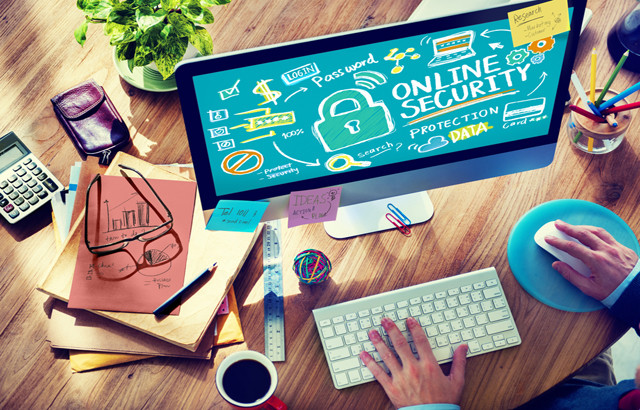Maybe it happened to you before. You were browsing through your work emails and spotted one with an unusual subject. In the message, the sender is politely asking you to sign into your work account again because of some technical issues, and has kindly provided you with a specific link for this purpose. As the address appears to have come from inside the company, you click it and try to sign in.
The process however, does not seem to be working, even after you have inserted the correct user name and password several times. So, you just move on with work and ignore the incident. But, only a few hours later, you suspect something is wrong, as your computer has started to act weird.
After calling your company’s IT support, you find that you have been the victim of a phishing attack and consequently have given away your login data. Listening to your boss mentoring you on security guidelines, you realize how complicated cyberspace has become and how vulnerable you are as a user.
But fear not, there are good habits that will help protect you from treacherous emails, suspicious websites and even malicious apps. Now that it's October and European Cyber Security Month, it's a perfect opportunity to pick up some new habits:
- First of all, change your mindset – start by paying more attention to detail
Be careful about everything you encounter in the digital world. Be it an unusual work email, a link that your colleague sent you during lunch or anything that you found during a break on your social network.
In case you don’t know the sender or there is something dubious about the content, the best thing to do is to avoid it.
- Don’t panic and click
You realized that you made a mistake and surfed a malicious web? Take a deep breath, think rationally, and if you aren’t sure what to do, ask some of your more experienced colleagues or IT support for help.
- Don’t do things in a rush
If nobody is around, don’t rush to find the solution. It is better to let the content idle, than haste and make more mistakes on the way.
- Lock your computer with a password
Think of security also in the physical world. You need a break for coffee or have to leave your workspace? Keep the screen locked.
It might sound annoying, but the same rule applies for all your mobile devices – work and private – especially if they store sensitive company data and you lend them to other people. If passwords aren’t your kind of a thing a PIN lock – or even a pattern – is better than nothing.
- Stick-it notes with passwords on your worktable?
An absolute no-go. Use a password manager by a trustworthy vendor instead, as it encrypts and protects your data with other security features.
- Protect your devices with a security solution
All this can come to nothing, if your computer or mobile device isn’t safe. So don’t hesitate and install a security software from a renowned vendor or ask your IT department to do it for you.





